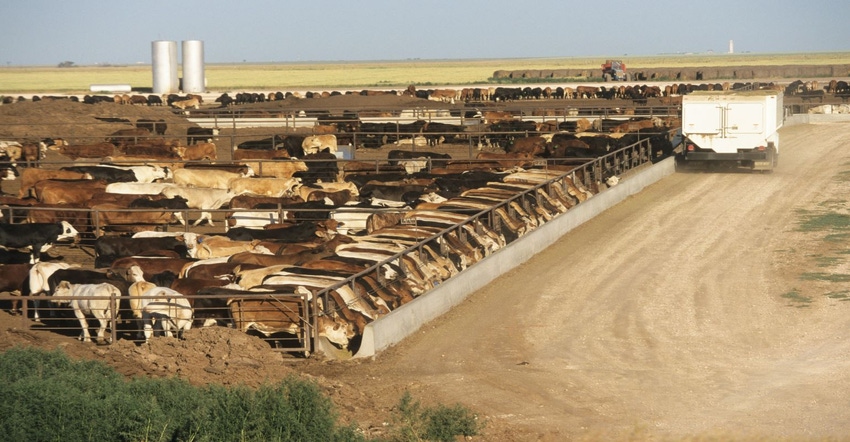The fed cattle market remains the biggest bottleneck for the beef industry.

The pandemic and other market shocks (i.e. packing plant fire, unprecedented winter storm, cyber-attack, etc.) since 2019 have resulted in impacts and residual effects that affect cattle and beef markets in different ways and over different lengths of time. Much of the challenge in 2021 has been to get numerous cattle markets and a multitude of beef product markets more in synch as an industry. Of course, there continue to be ongoing COVID-19 related impacts plus the fact that some markets may be permanently changed or affected for a very long period of time.
The biggest industry bottleneck in 2021 has been the fed cattle market and the struggles to clear the placement backlog resulting from feedlot dynamics in 2020. Those dynamics pushed the cyclical peak in feedlot production into 2021. The fed cattle market problems are the result of this peak feedlot production constrained by packing industry capacity limitations. Long-term reductions in packing industry infrastructure combined with chronic labor limitations, which predate but are made worse by COVID-19, added months to the time needed to improve the fed cattle market situation. The long-awaited improvement in fed cattle markets appears to have arrived with fed cattle prices jumping roughly $5/cwt. the past two weeks.
Maybe the stars are finally lining up for the beef industry. With the fed cattle market pinch point removed, cattle and beef markets are poised to realign and rebalance. The industry will be better positioned to capitalize on the optimism that has been building in recent months. Tighter supply and continued strong demand will take markets to higher levels. Strong wholesale and retail prices have been pulling on the industry most of this year. The trade picture continues to improve with the latest data showing additional growth in beef exports and reduced beef imports. On the supply side, feeder cattle markets, already higher year over year, are increasingly supported by cyclically reduced feeder cattle supplies and poised to benefit even more from higher fed cattle prices.
This not to say that everything is all roses for the industry. Plenty of challenges remain and new ones will no doubt emerge. Drought continues to be a major factor in many regions and will not only directly impact producers in those regions but will also determine the trajectory of the industry in the coming years. Higher crop and feed ingredient prices are a particular challenge for feedlots but also for cow-calf and stocker producers, most especially those struggling with drought-reduced feed and forage availability. Generally higher input costs, especially energy and fertilizer, will affect producers going forward. Labor issues are pervasive across the industry with lack of available and reliable labor impacting all sectors from ranch and feedlot production to packing and further processing industries to retail grocery and food service establishments. Supply chain disruptions will continue to affect both input and output markets in the coming months.
Barring new exogenous shocks (Black Swans) that are always a potential threat to the industry, cattle and beef markets are ready to move on. After many months of turmoil and heightened volatility, the industry is looking forward to the opportunities as well as the challenges of a more stable, but always dynamic, market environment in the coming months.
Source: Derrell Peel, Oklahoma State University, which is solely responsible for the information provided and is wholly owned by the source. Informa Business Media and all its subsidiaries are not responsible for any of the content contained in this information asset.
About the Author(s)
You May Also Like



